Ideas, not wastes - waste prevention
Czech Republic produced anually 29 million tons of various waste. About 10 % from the total number of waste comes from households (municipal waste). It means 280 kg of waste per one inhabitant. An average citizen produces in one year four times more waste than his/her weight. Besides, from the production of all products arises further waste, which is even more numerous than the municipal one. Thus the essentials of waste reduction consist in conscious shopping. That is the only way of preventing the production of wastes. Even though we try hard to sort out the waste and recycle it subsequently, we should be aware that it is not a cheap business. It often demands investment and energy. Moreover, recycling produces wastes too. Recycling is important, yet not satisfactory…
Specific suggestions and tips
| 1. The first and prime principle is to try not to produce unnecessary waste. Let us consider whether we really need this or that product. Let us realize whether we only yield to a tempting publicity for an unnecessary trendy object. We may repair a broken object ourselves or have it repaired and it may serve for a long time. Besides, we save some money. Let us buy only what we really manage to consume. As regards food, it holds true that it is more environment friendly to buy food cultivated in the neighbourhood. | 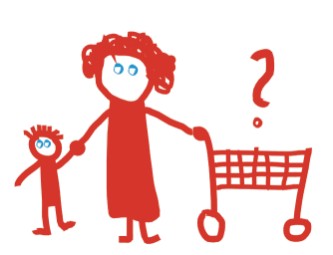 |
| 2. More than 30 per cent of municipal waste are packages. They often serve for a very short time. Products are not always the best protected by being wrapped up in multiple packaging, and furthermore a plastic one. Packages mostly serve as mere advertising which tempts us to buy a particular product. | 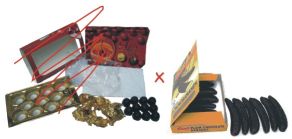 |
| 3. Let us use our own bag for the shopping, preferably a textile one, and a basket for fruit and vegetables. We also may use bags from our previous shopping. | 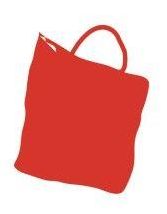 |
| 4. Let us prefer big packing, which is almost always the cheapest. Instead of several small yogurts buy one big packing. On the other side: sometimes big packing leads to higher consumption! From a big packing we may add to a long-term used vessel.
|
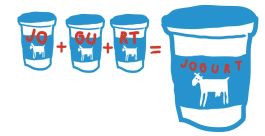 |
| 5. Let us prefer products in packaging which can be sorted and put into containers for separated waste. Let us prefer products from recycled materials and packing as are exercise books, envelopes and office papers. Sometimes it is difficult to decide which packing is more environment friendly, but by all means avoid packing which consists of different kinds of materials (combined packing), as are for example products in “tetrapak”. There is hardly any secondary use for this packing. | 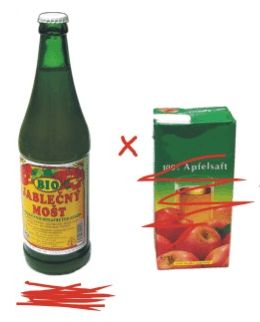 |
| 6. Let us avoid products in aluminium packing. The production of aluminium is extraordinarily energy demanding. Aluminium packing are found not only in food shops (beer, soft drinks), but also among cosmetic products. | 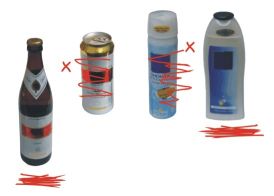 |
| 7. The quality of local waterfrom water conduit is minimally as good as packaged water. Mineral water fortunately is also sold in returnable bottles and not only in popular but non-returnable PET-bottles. PET-bottles are highly visible in shops, but their accumulation around containers and even in nature is also highly visible.
|
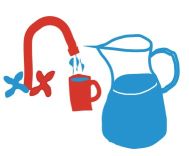 |
| 8. Stop to all disposable products, for example dishes and cutlery in kiosks and fast foods or disposable shaving or depilatory devices!
|
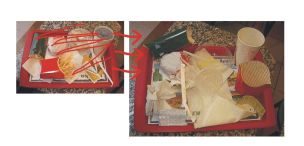 |
| 9. We may prepare and cook many products at home (e.g. yogurt, müsli, sweets). Thus we may spare not only environment and our own money, but we may also do benefit to our health, because at home we mostly cook without harmful preservative substances and other suspicious ingredients. | 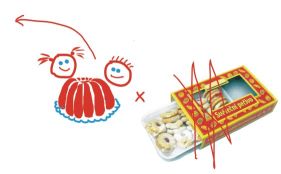 |
| 10. Let us prefer to supply electrical appliances from electric network. If we have to use batteries, we always use rechargeable storage batteries. Anyway, the energy gained in this way is but a fraction of energy which is needed for their production. Always avoid batteries containing very harmful mercury and cadmium (only use those which are marked: 0% mercury, 0% cadmium or mercury free, cadmium free). Used batteries do not go to municipal waste – we return them to collecting containers in the shops where the batteries are sold. |
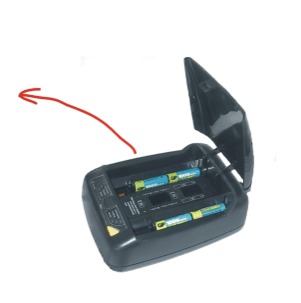 |
| 11. We do not have to own all appliances. Let us resist advertising for objects we do not need at all. Objects that we use little throughout the year may be borrowed from friends or specialized companies.
|
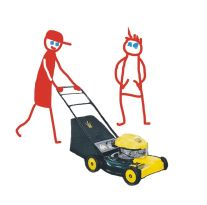 |
| 12. From plastic products and packages is particularly harmful PVC (toys, packages, novodur, floor covering) – the mark PVC or number 3 in the middle of recycling triangle. For the production of PVC is used harmful chlorine, PVC cannot be recycled and very dangerous substances are released during its combustion. From the same reasons we avoid also packages from polystyrene – mark PS or number 6 in the middle of recycling triangle (e.g. plates, yogurt packages). Rather less harmful is polyethylene – mark PE, possibly PE-HD, PE-LD or number 2 or 4 in the middle of recycling triangle (e.g. microten bags) or polypropylene (mark PP or number 5 in the middle of recycling triangle). | 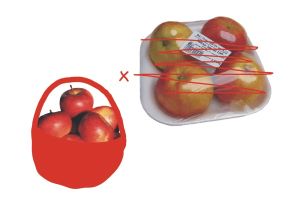 |
| 13. Some waste may be reused in our household – cups from dairy products may be used for screws or for growing young plants. We may carry useless clothing to the charity instead to dustbin.
|
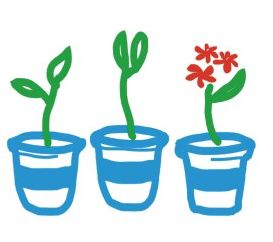 |
| 14. Let us sort all the waste: particularly paper, glass, metal, plastics, cloth. If we do not have containers for plastics, we sort at least PET-bottles. Mind dangerous waste – e.g. batteries, fluorescent tubes, colours – those are put into collecting containers in the shops where they are sold or into designated containers in scrapyards. If we have a garden, we compost all the kitchen waste.
|
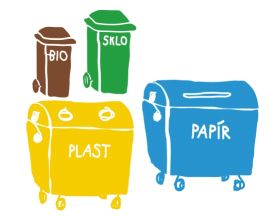 |
Text and photos: Petr Ledvina and Věrka Pospíšilíková, ZO ČSOP Veronica
Images: Ivo Sumec






